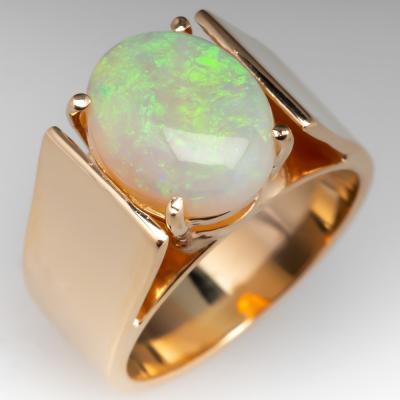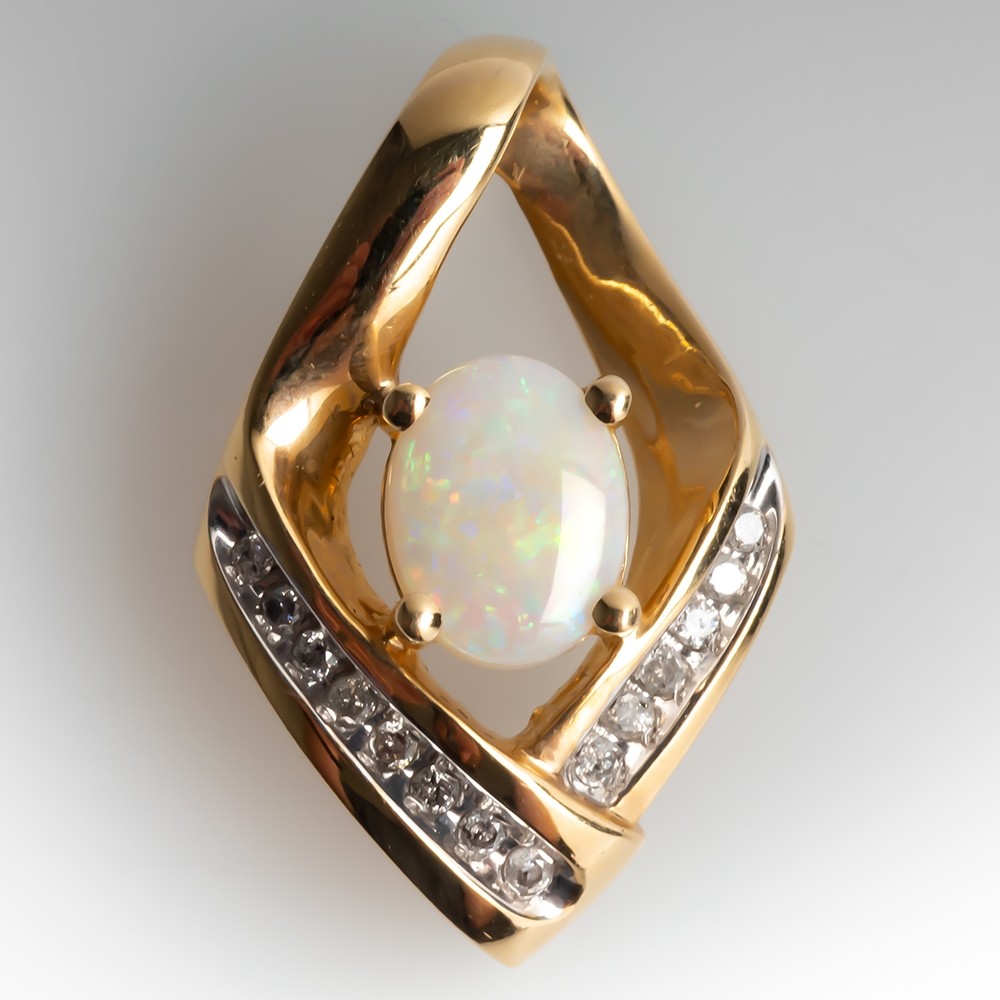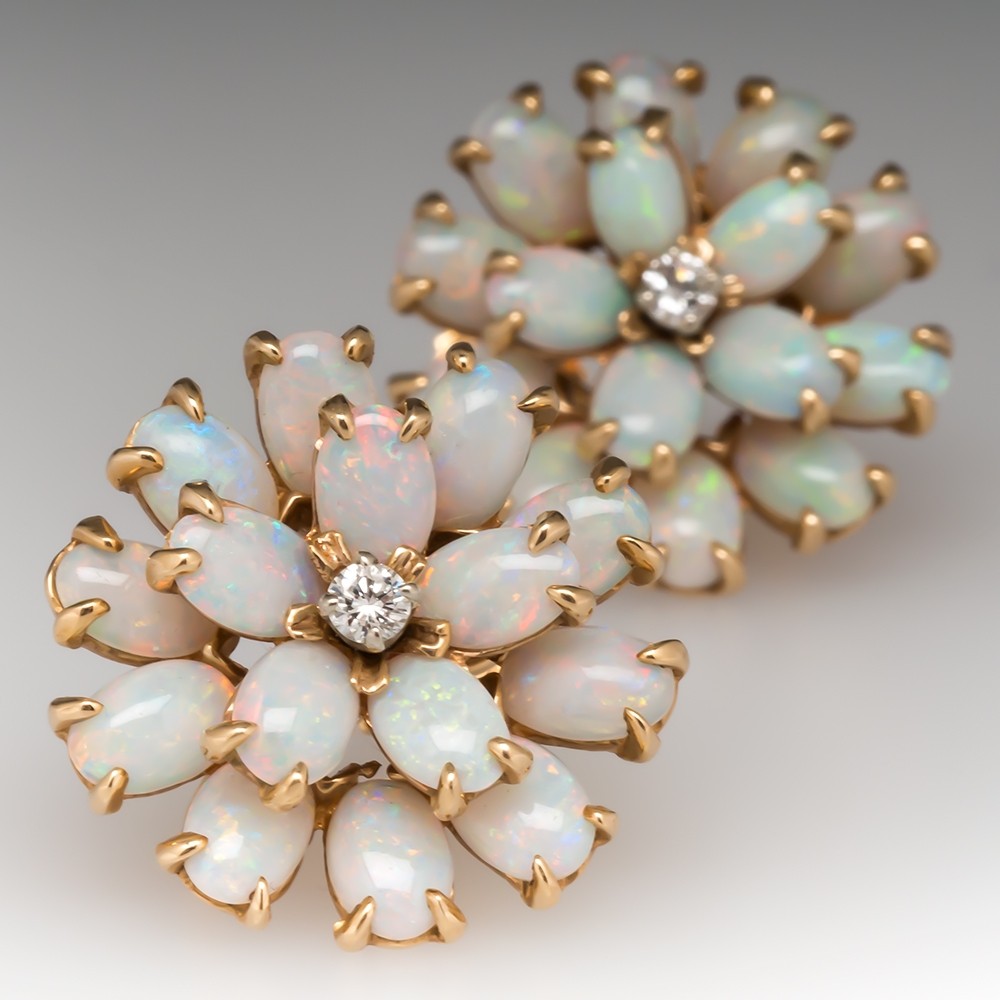
 White Opal is the most common type of precious opal available on the market. Though technically a mineraloid, because of its preeminence as a gemstone most mineral databases include it for classification. Since opal comes in a variety of colors, it is interesting to see how white opals compare and contrast with the other types of opals.
White Opal is the most common type of precious opal available on the market. Though technically a mineraloid, because of its preeminence as a gemstone most mineral databases include it for classification. Since opal comes in a variety of colors, it is interesting to see how white opals compare and contrast with the other types of opals.
Mineraloid Classification
As a mineraloid, opal is an amorphous silicate. This means it's not quite crystalline, rendering it just shy of the classification standards for a true mineral. Geologically, opal formed when silica-rich liquids pool in cavities and hardened over time. This liquid was relatively low in temperature and infilled everything from cracks to crevices to fissures. It then solidified into opal seams deep beneath the earth's surface. (source) Some forms of common potch opal possess a near-crystalline structure; however, precious opal used for gemstone material proves the most amorphous. (source) It consists of an orderly distribution of tiny silica spheres, with an overall water content of between 6 and 10%. (source) Experts classify opals based on the underlying chemical composition. 
Mineralogical Properties of White Opals
CT-Opal contains the silica polymorphs cristobalite and tridymite. Opal-C contains only cristabolite. Opal-AN, also called hyalite, is an amorphous silica-glass. Finally, Opal-AG, the classification for precious opal, consists of a the silica gel comprised of the tiny silica spheres that produce the exciting plays of color that dance across their surfaces. (source) Chemically, precious opal contains water, silica, and oxygen. It often forms in massive nodules, mounds, or stalactite concretions. It also forms as veins and encrustations. Sometimes it merges with organic matter, such as bone, shell, or wood, ultimately fossilizing (or opalizing, in this case). (source, source) 
Characteristics of White Opal
Opal with a milky white color, not surprisingly, is called Milk Opal. Any other precious opals light in body color, including white, yellow, or beige, are considered White Opals. (source) Precious white opals contain pockets of the tiny silica spheres, organized in regular patterns within the stone. In each pocket, the spheres prove fairly equal in size and distribute evenly across the pocket. Each pocket diffracts the light at a different wavelength, resulting in different colors that shimmer across the surface. (source) This play of color differs from another precious opal characteristic, opalescence. Opalescence refers to the milky iridescence displayed in a brilliant opal, most prominent in white opals. (source) Gemologists look for both play of color and opalescence when determining the value of a white opal. Opals streak white, and do not cleave. However, they can fracture. They also fluoresce under UV light, sometimes neon green or neon purple. (source) Typically, however, they fluoresce white or pale green. In addition, some phosphoresce. (source) White opal is a truly remarkable gemstone. Have you had a chance to add a white opal to your collection? ~Angela Magnotti Andrews
